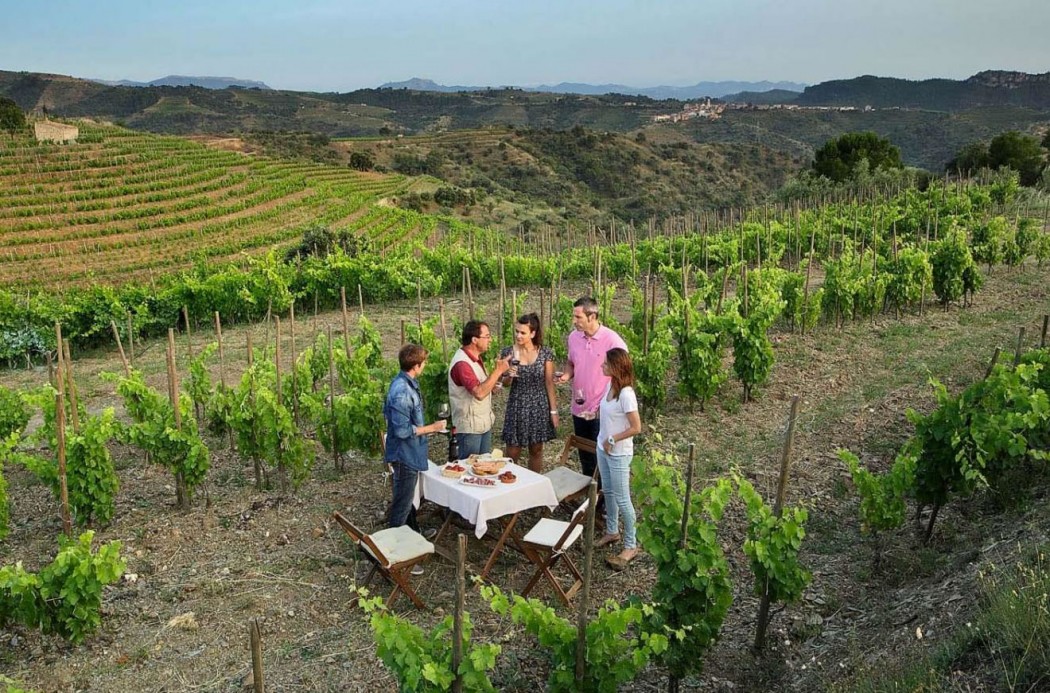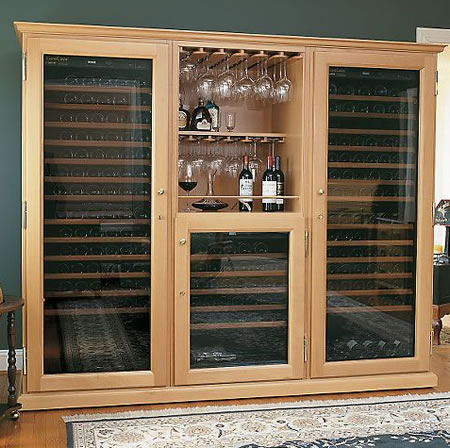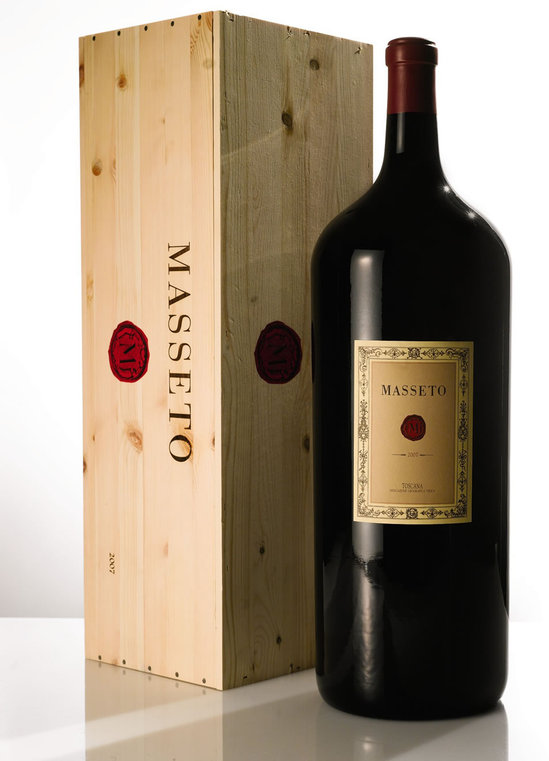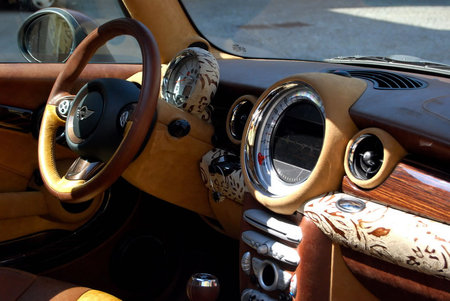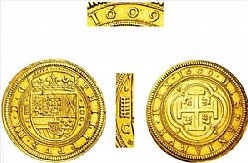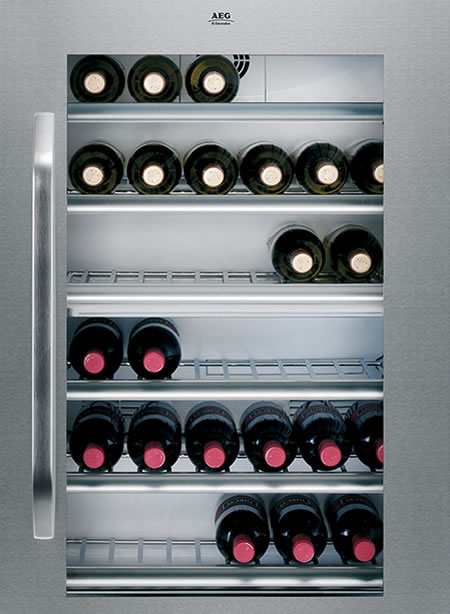Next time you are in the Catalonian capital Barcelona in Spain, make sure you visit Priorat, the wine region that is just few hours’ drive from the hustle and bustle of the touristy city. Priorat is the hidden gem of the wine world.
The region produces some of the best quality, expensive and age-worthy red wines. If you love your wine in a way that it speaks to you, if you believe in the idea that the future is in the vineyards, Priorat ticks all the right boxes.
I have been privileged to visit the region twice in the past, thanks to DOQ (Denominacio d’origen Qualificada) Priorat, the wine appellation control board, which organizes a grand tasting, and display of the region’s wines and also organises visits to the various wineries once in two years.
Here is what you are missing if you haven’t yet visited Priorat: –
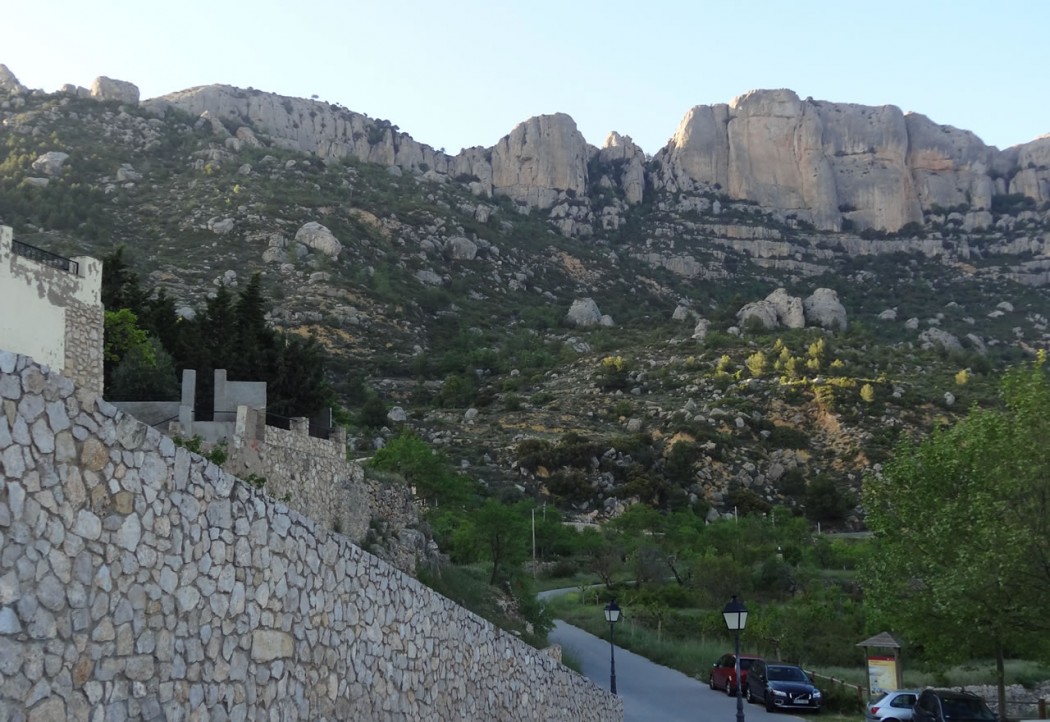
The stories that we love about wine
This is how the story of Priorat goes. When the Carthusians (monks) came to Priorat in the twelfth century, they built a monastery called Scala Dei, which later became the most iconic landmark of the region. They brought vines along with them, which were planted, around the monastery and in the foothills of the Montsant Mountain range.
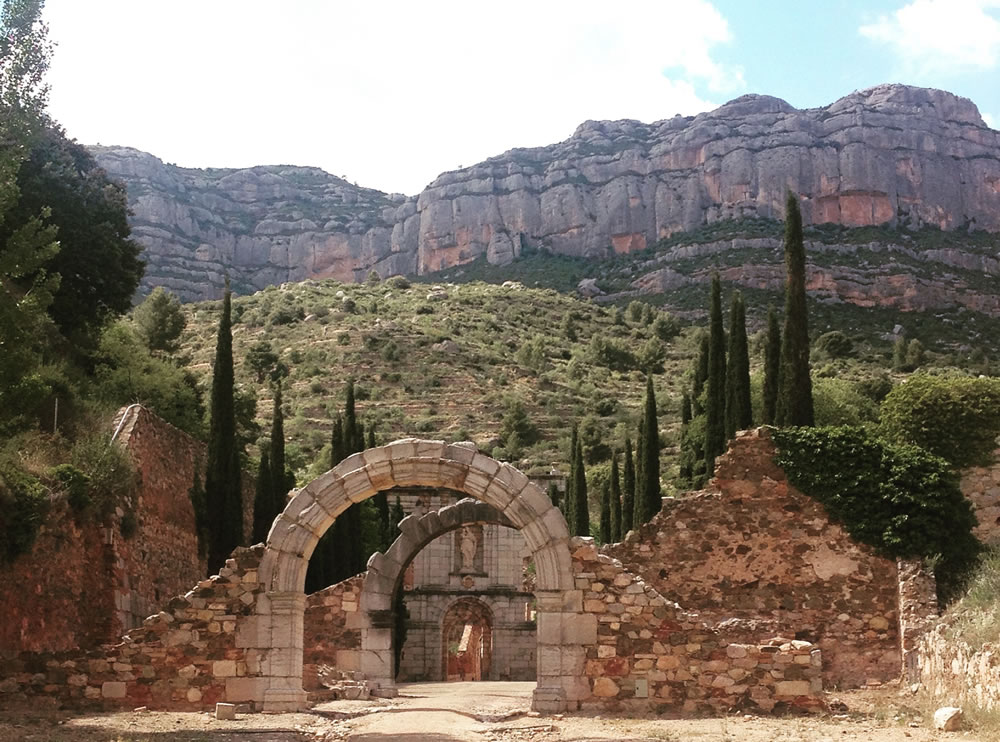
Today’s Priorat continues to be a depopulated region of mountains and scenic beauty, spattered with exquisitely austere medieval villages among vineyards extremely difficult to tend. The reddish-coloured mountains are covered with scrubland and aromatic herbs. The river Siurana and its tiny tributaries irrigate the area. Vineyards are often found on the steep slopes vines cutting into the hard slate (llicorella) soil, sometimes as high as eight hundred meters above sea level. The region produces some of the best quality olive oil and almonds too. The traditional grape variety of Priorat is Garnacha tinta which is found in most of the older vineyards, also there are carinena, Cabernet Sauvignon, Merlot and Syrah. The region also produces four white grape varieties such as Garnacha blanca, Macabeo, pedro Ximenez and Chenin Blanc.
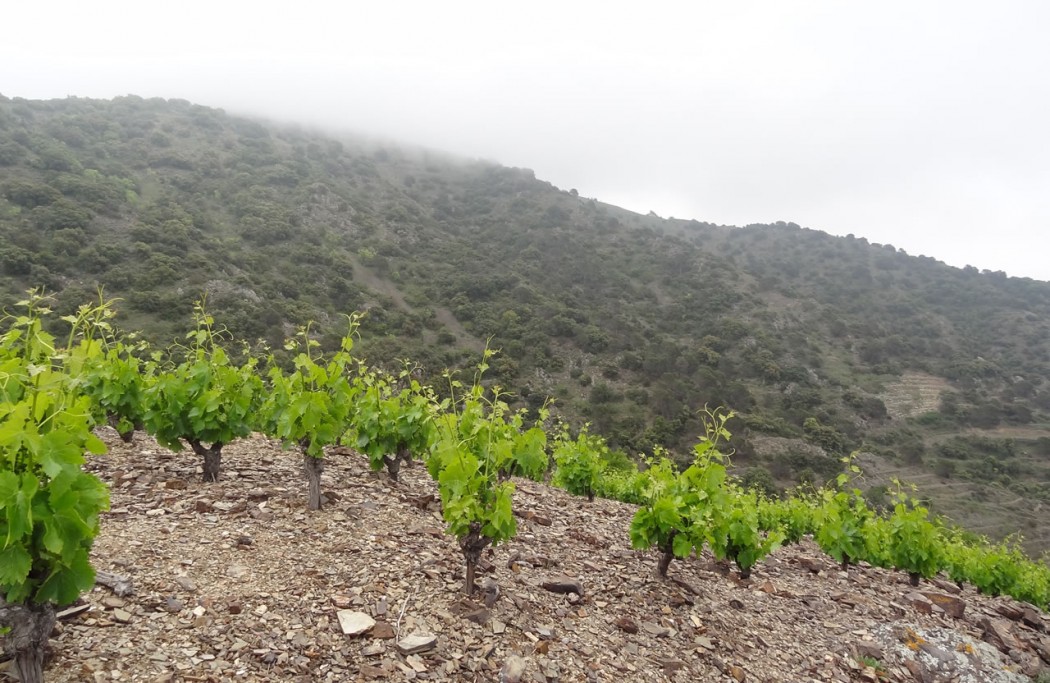
The wines, the regions & the vines
Priorat wines are complex and it’s vineyards so honest that the wine maker’s work is reduced in the winery, well, most of the time. Terroir finds a whole new definition in Priorat. The only way to get around some of the century old, high altitude, risky parcels of vineyards, producing great quality wines, is by bouncing off in the back of a pick up truck. But the journey is always rewarding. And if you are visiting with the dynamic and passionate Sara Pérez the chief winemaker at Mas Martinet and Venus vineyards, you will be treated with some delicious homemade cold cuts, exquisite cheeses, olives and wines from the same vineyard. Sounds like a mini picnic isn’t it? Well that’s how it is with Sara. Or visit the vineyards of Vall Llach and you could witness a unique sight such as clouds touching the vines on one of its high altitude vineyards.
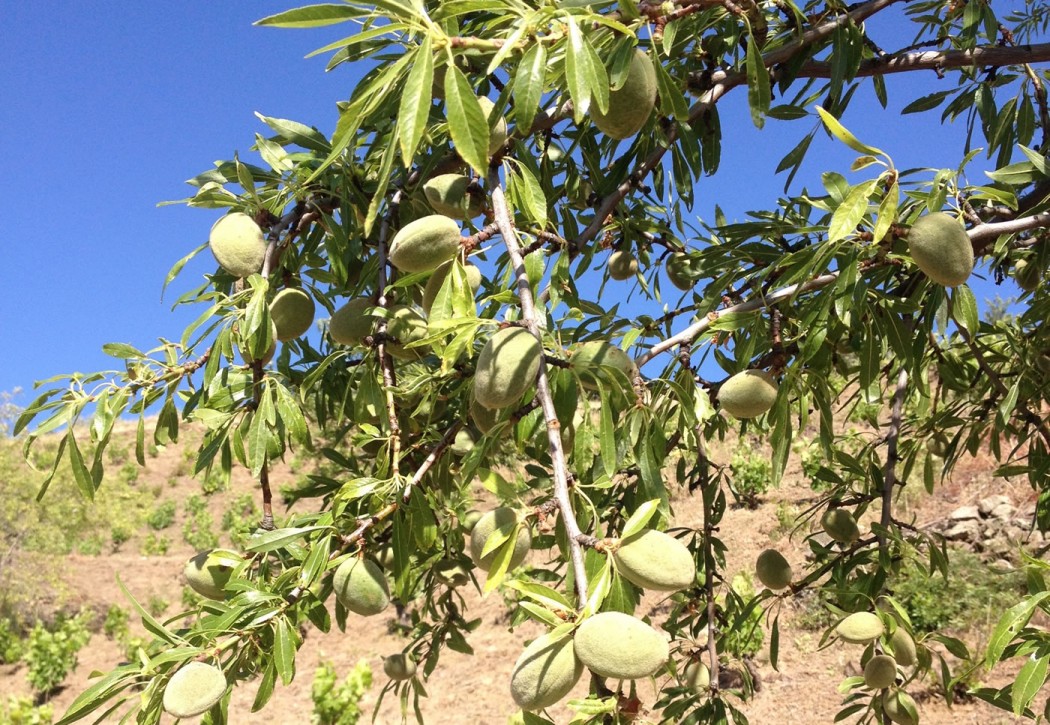
It’s not just about grapes
You don’t mind visiting a region so fertile that it produces some of the best quality Almonds, Olives and agro products. The meat, the cold cuts and authentic Catalonian cuisine its all too hard to leave behind when you decide to head back to the city life.
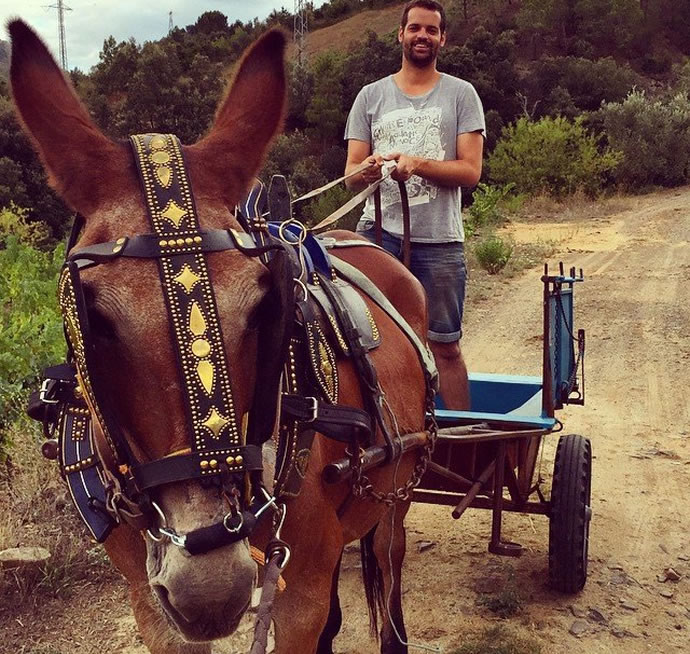
The cool, friendly and very interesting (read unconventional) bunch of wine producers
Sara loves to drive a pick-up truck while Albert is well trained in handling his mules to do the harvest and other work in the steep vineyards. He calls them ‘My new sustainable car!’ While there are these traditional families ruling the priorat wine scene there are also contemporary wine producers who have made priorat there home in recent times. Some of the well renowned names that you must look out for while in the region are Cellar Vall llach, Mas Martinet, Alvaro Palacios, Cellers de scala dei, Clos Figueras , Clos Magador, Clos de l’Obac, De Muller, Gratavinum, Torres Priorat (From the house of Torres), Terroir Al Limit and a boutique wine producer called Cal Balliet in Gratallop.
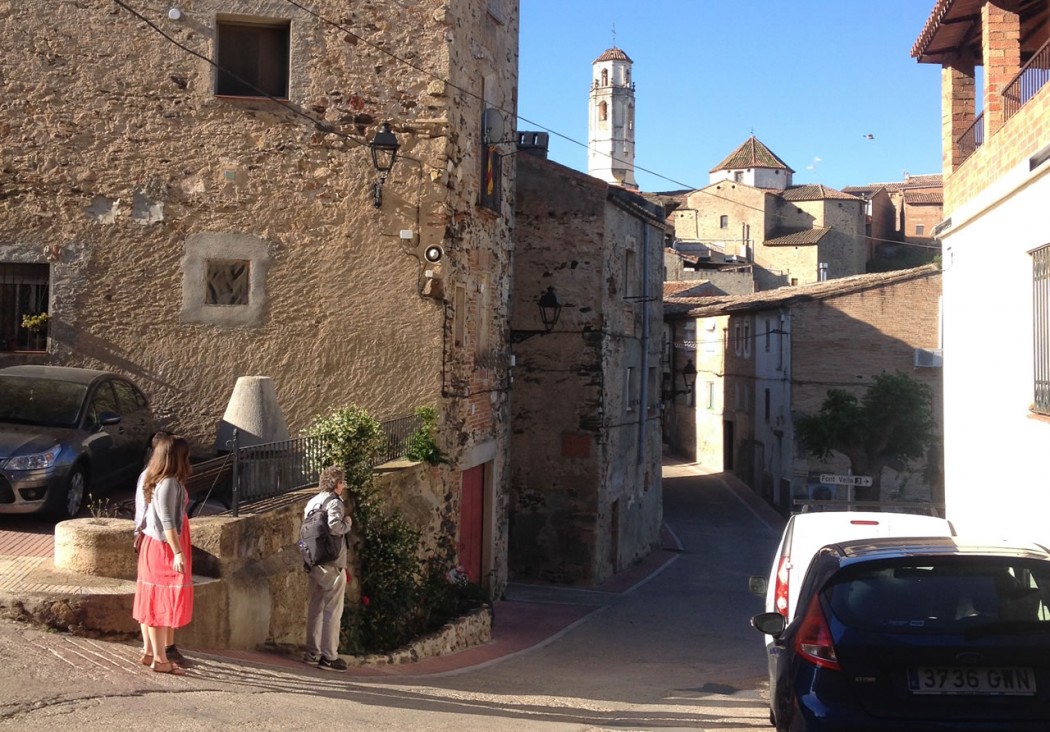
How to reach there? Where to stay?
The nearest large cities are Reus and the capital city Tarragona. It is also about 2 hours drive south of Barcelona. The area is mountainous and rural, and the main form of transport is car. The train ride from Barcelona takes about two hours and travels through some of the most spectacular scenery in Catalonia. The main train station is Marçà-Falset, although a good idea is to get off in Reus and hire a car from there. Reus International airport is half an hour’s drive from Priorat and offers hire car services direct from the airport. Priorat is also an hour’s drive from the Ebro Delta and the northern province of Valencia.
There are many hotels, lodgings, and guesthouses available for accommodation in Priorat. The small villages have cozy corners and breathtaking views perfect for a romantic gateway.
You can find more details about the region and the wines in the following websites: –
[ Winerist & Visitpriorat ]
Best time to visit Priorat is between the months of April to October. But one piece of advice, don’t forget to carry your walking shoes and a windcheater along with a voracious appetite to explore when you decide to head to this magical wine land of Spain.
About the author
 Rojita Tiwari is an independent writer & consultant. She also runs the award -winning wine & spirits, travel and hospitality themed blog Drinks & Destinations and curates and conducts training as well as tasting sessions and events. She is a WSET certified professional listed twice as, one of the top ten woman of wine in India. Connect with her on [email protected] or tweet to her @RojitaTiwari.
Rojita Tiwari is an independent writer & consultant. She also runs the award -winning wine & spirits, travel and hospitality themed blog Drinks & Destinations and curates and conducts training as well as tasting sessions and events. She is a WSET certified professional listed twice as, one of the top ten woman of wine in India. Connect with her on [email protected] or tweet to her @RojitaTiwari.
